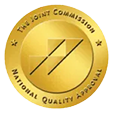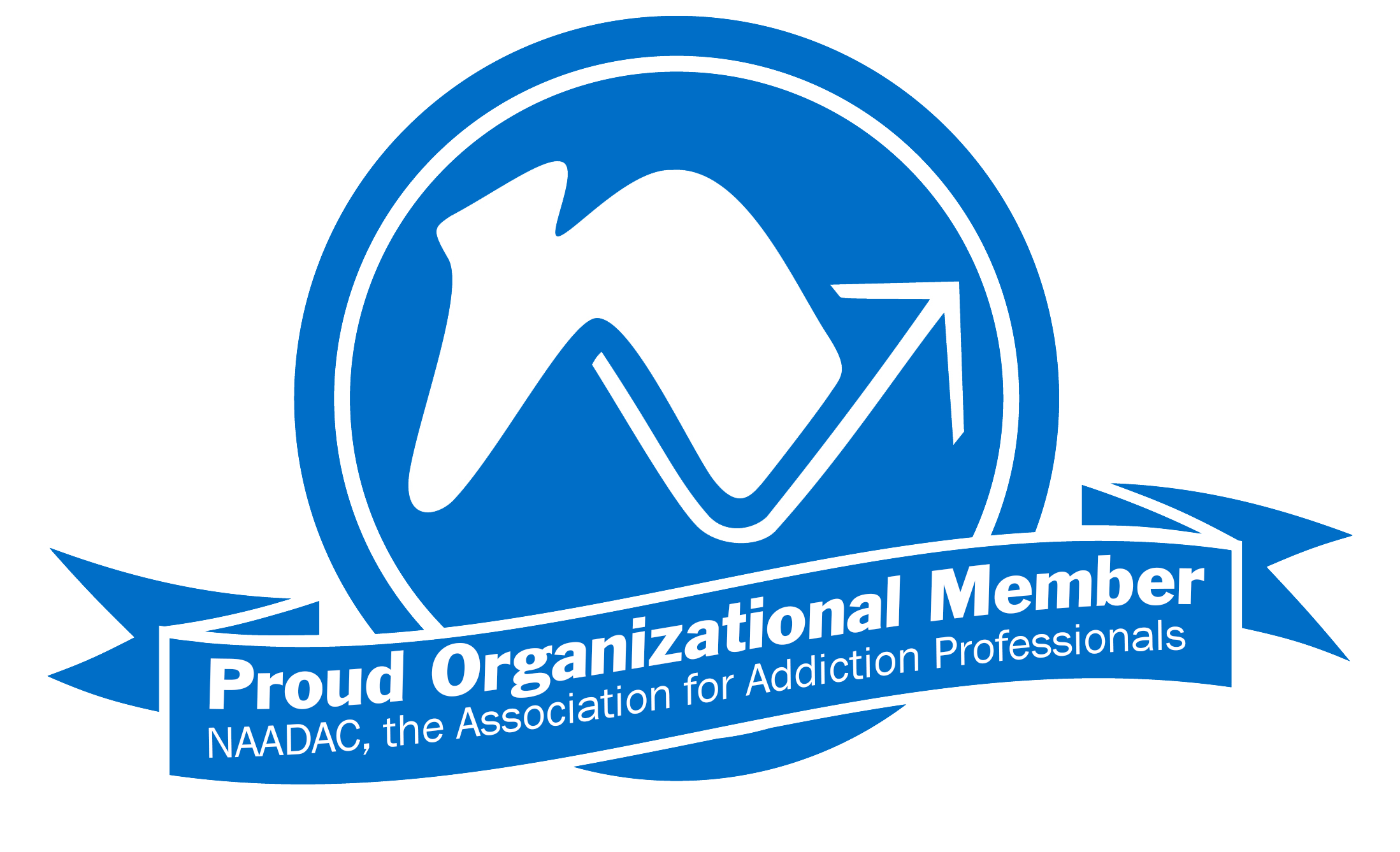Many people who have substance use disorder are also diagnosed with a mental health disorder, as well. This is referred to as dual diagnosis. For example, you may have a generalized anxiety disorder as well as drug addiction to meth or benzos. When co-occurring conditions are present, then cognitive behavioral therapy techniques will be helpful. By participating in cognitive behavioral therapy in PA, you will target both conditions simultaneously.
What is Cognitive Behavioral Therapy?
Cognitive behavioral therapy (CBT) is a form of psychotherapy, which is talk therapy. That means you will spend time talking to a therapist in guided sessions. Some of the main principles behind CBT are the following:
- People sometimes develop incorrect thinking about themselves, the world, or others
- The incorrect thinking that people have is also negative thinking, not positive
- These negative thoughts become deeply rooted over time, thus becoming established in the person’s psyche
- Negative thoughts influence people’s emotions about themselves, the world, and others thus making them respond in certain ways
- Emotions based on negative thinking leads to behavior that is sometimes harmful
The problem that occurs when people have deeply rooted negative thought patterns is that they may not be aware of it. In other words, the negativity is so ingrained within their being that it’s subconscious. They respond accordingly without realizing what is driving their actions.
What are Cognitive Behavioral Therapy Techniques?
Therapists seek to implement CBT techniques that will get to the root of the person’s problem to effect change. They do so in the following three steps:
Reveal
First, the therapist seeks to uncover the faulty thinking that’s at the root of the problem. In other words, they need to discover what the person’s core beliefs are, and then identify those ones that are negative and false. For example, a person may have a core belief that they can’t ever do anything right. They may not even realize they have this inner belief, but it comes out during individual therapy. Defining the faulty thinking is the first step in changing it.
Challenge
Next, the therapist begins to challenge those negative thoughts that are false by showing another perspective. The therapist will provide evidence that those thoughts are not true thus strengthening the case.
Replace
Lastly, the therapist will work with the person to replace the negative thought patterns with new true thoughts.
Welcome to Providence Treatment
At Providence Treatment, we are a state-approved facility with the ability to manage your addiction issues. With compassionate professionals guiding you during treatment, you are sure to find sobriety. Evidence-based therapy options ensure you will see positive results. Additionally, we also offer a broad range of program options some of which include:
- Partial hospitalization program
- Intensive outpatient program
- Outpatient treatment program
- Detox center
- Sober living treatment
Do not let addiction control your life a moment longer. Now that you know cognitive behavioral therapy techniques, you can receive the treatment you need for a healthy life. Contact us at [Direct], and start working toward your recovery.









